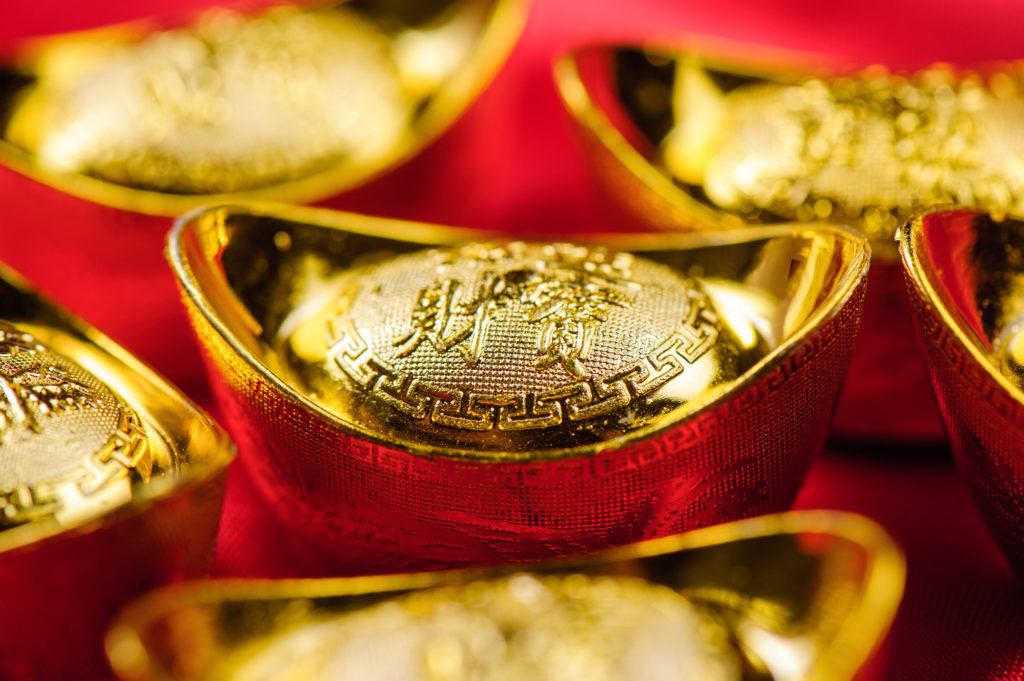China has announced the end of a long-standing tax incentive on gold, a move expected to raise consumer prices and potentially dampen demand in one of the world’s largest bullion markets.

Effective Nov 1, Beijing will abolish the value-added tax (VAT) offset previously granted to retailers who purchased gold from the Shanghai Gold Exchange, whether sold in its original form or after being processed, according to a new directive issued by the Ministry of Finance.
The policy shift marks a significant change for China’s gold industry, which has long benefited from tax exemptions that helped keep domestic gold prices competitive. Analysts say the move is part of the government’s broader effort to boost fiscal revenues, as slowing economic growth, a prolonged property sector downturn, and rising local government debt have weighed heavily on public finances.
While the change is expected to strengthen the government’s tax base, it will also raise retail gold prices across China — a country where gold ownership remains deeply rooted in cultural traditions and seen as a hedge against inflation and currency volatility. Retailers are likely to pass on the additional tax burden to consumers, potentially cooling household demand that has been a major driver of global gold purchases.
The timing of the policy shift coincides with heightened volatility in the global bullion market. A surge in retail and institutional buying earlier this year propelled gold prices to record highs, breaching the US$4,000-per-ounce mark in early October. However, that rally has since stalled amid profit-taking and easing demand for safe-haven assets following a temporary trade truce between the US and China.
Global gold prices also retreated sharply in recent weeks — marking one of the worst sell-offs in more than a decade — as exchange-traded fund (ETF) inflows reversed after months of consistent buying. Seasonal factors, such as the end of India’s festive buying period, have also contributed to the pullback.
Despite the near-term correction, analysts remain optimistic about the long-term trajectory of gold prices. They point to continued central bank accumulation, expectations of US interest rate cuts, and persistent geopolitical tensions that are likely to sustain demand for the metal as a safe store of value.
“Even with the recent volatility, the macroeconomic backdrop still favours gold,” said one market strategist. “China’s policy shift may reduce local demand temporarily, but globally, the fundamental drivers — from monetary easing to diversification of reserves — remain intact.”
Some analysts predict that gold could still approach the US$5,000-per-ounce level within the next 12 months, supported by robust central bank purchases and lingering uncertainties in global markets.
In the short term, however, China’s removal of the tax break is expected to reshape local market dynamics, with higher costs squeezing retailer margins and moderating consumer enthusiasm. The move underscores Beijing’s balancing act between fiscal prudence and market stability — even in sectors as culturally and economically significant as gold.






